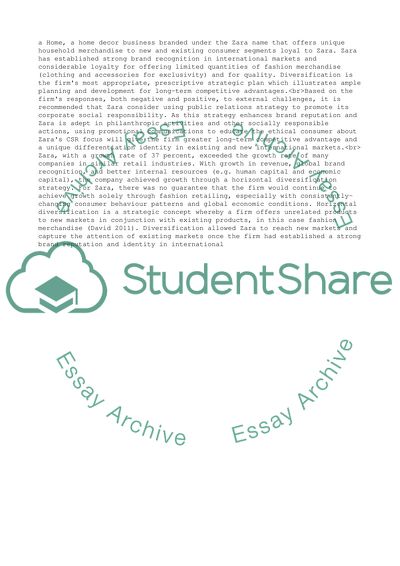Cite this document
(Business strategy Essay Example | Topics and Well Written Essays - 3500 words - 3, n.d.)
Business strategy Essay Example | Topics and Well Written Essays - 3500 words - 3. https://studentshare.org/business/1872311-business-strategy
Business strategy Essay Example | Topics and Well Written Essays - 3500 words - 3. https://studentshare.org/business/1872311-business-strategy
(Business Strategy Essay Example | Topics and Well Written Essays - 3500 Words - 3)
Business Strategy Essay Example | Topics and Well Written Essays - 3500 Words - 3. https://studentshare.org/business/1872311-business-strategy.
Business Strategy Essay Example | Topics and Well Written Essays - 3500 Words - 3. https://studentshare.org/business/1872311-business-strategy.
“Business Strategy Essay Example | Topics and Well Written Essays - 3500 Words - 3”. https://studentshare.org/business/1872311-business-strategy.


